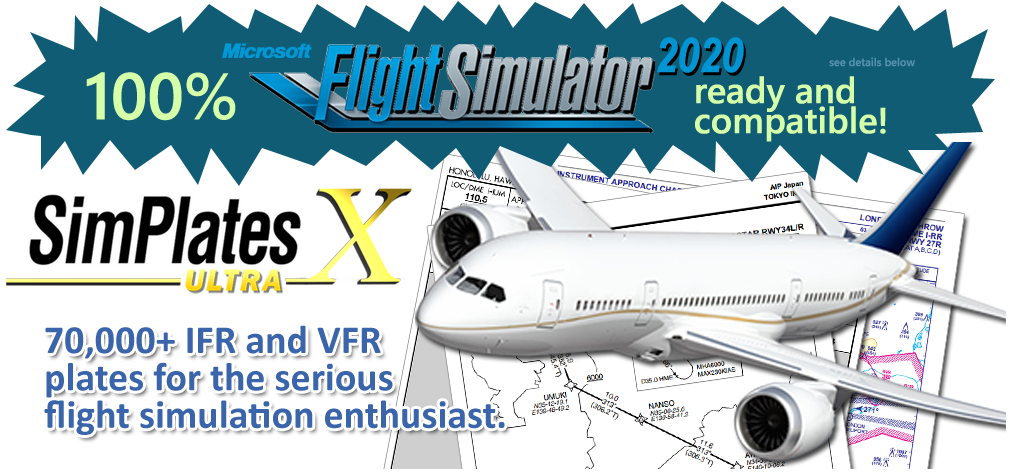I've been through some of the other questions regarding instrument currency in the regs, and I gathered the information together and dumbed down the regulation so even I can understand it, so I'd like to run it past the readers here and see if I thoroughly understand how the regulation is interpreted. We all know from our IFR training how to be legal to fly under IFR we need to have done 6 approaches, holding, and intercept/tracking within the last 6 months, and if that lapses we then have another 6 calendar months to get that experience in the air with a safety pilot or on the ground in an approved simulator. But it's that second 6 months that seems so hard to find in the regs. For reference:
61.57 (c) Instrument experience. Except as provided in paragraph (e) of this section, a person may act as pilot in command under IFR or weather conditions less than the minimums prescribed for VFR only if:
- (1 thru 6) Within the six calendar months preceding the month of flight [the experience needed within the last 6 calendar months in an aircraft, simulator, glider, etc.]
61.57(d): Instrument proficiency check. Except as provided in paragraph (e) of this section, a person who has failed to meet the instrument experience requirements of paragraph (c) for more than six calendar months may reestablish instrument currency only by completing an instrument proficiency check.
Here's what I got. Paragraph (c) refers to the block of time with the status of the pilot being current for IFR, ie. either the present day or the final day of instrument currency (if currency is expired) spanning back to when the requirements for that currency were first met. The six calendar months that paragraph (d) refers to would then be the span of time where the pilot is trying to get back into that status of being current as specified in (c). So basically, paragraph (d) is saying, "here's what you need to do if you take more than 6 calendar months to get back into that block of time where you're current like it says in (c)."
So, is that the correct way for the regulation to be interpreted in order to find the source of the first and second 6-month block for gaining currency before an IPC is needed? To make sense of it I had to draw a picture with arrows.
I tell ya', it was a lot easier to figure out in the old regs. The edition of 61.57 (d) from 1999 says, "...a person who does not meet the instrument experience requirements of paragraph (c) of this section within the prescribed time, or within 6 calendar months after the prescribed time, may not serve as pilot in command under IFR..." That's a lot easier to understand!








The following terms have been auto-detected the question above and any answers or discussion provided. Click on a term to see its definition from the Dauntless Aviation JargonBuster Glossary.